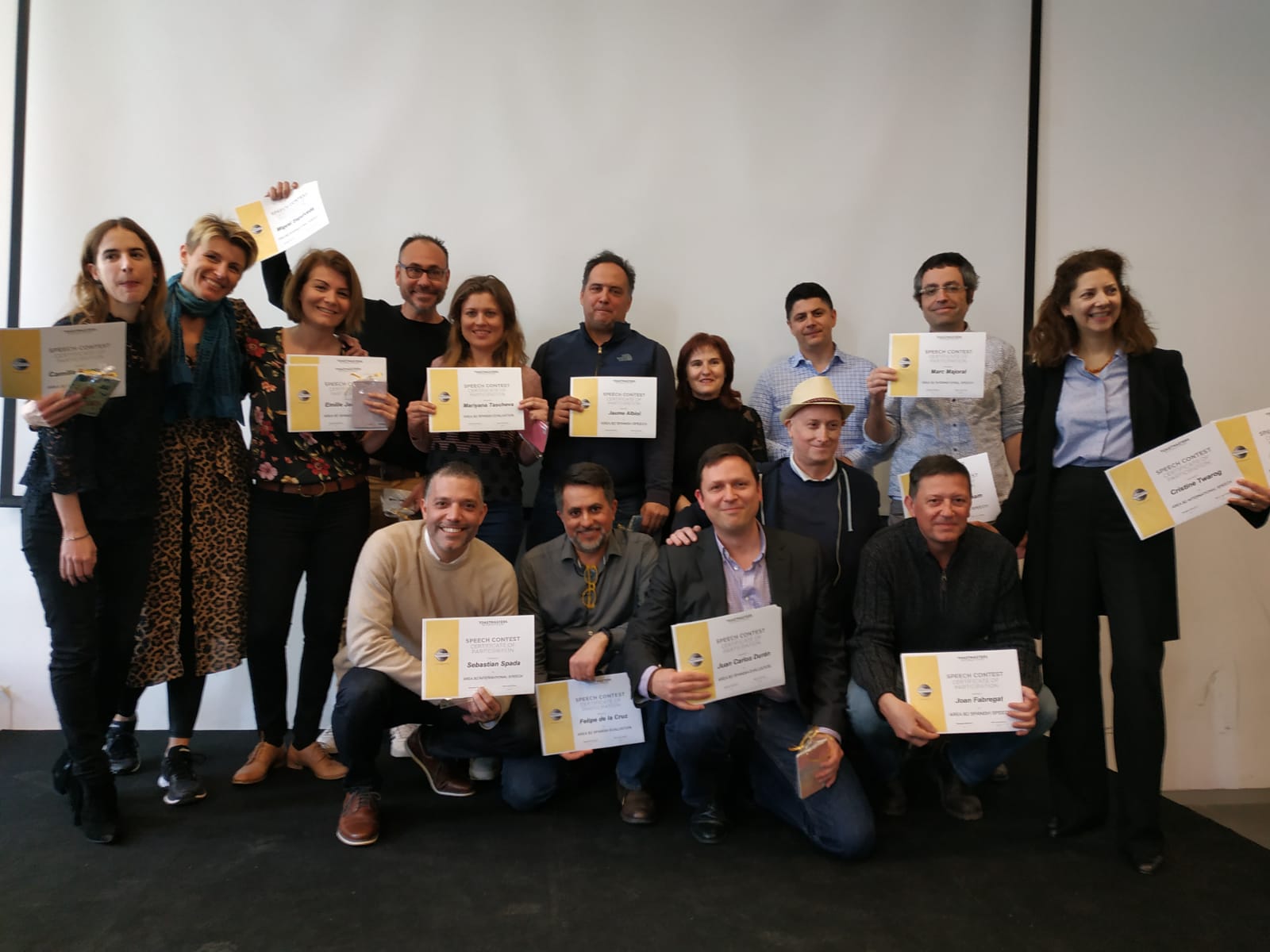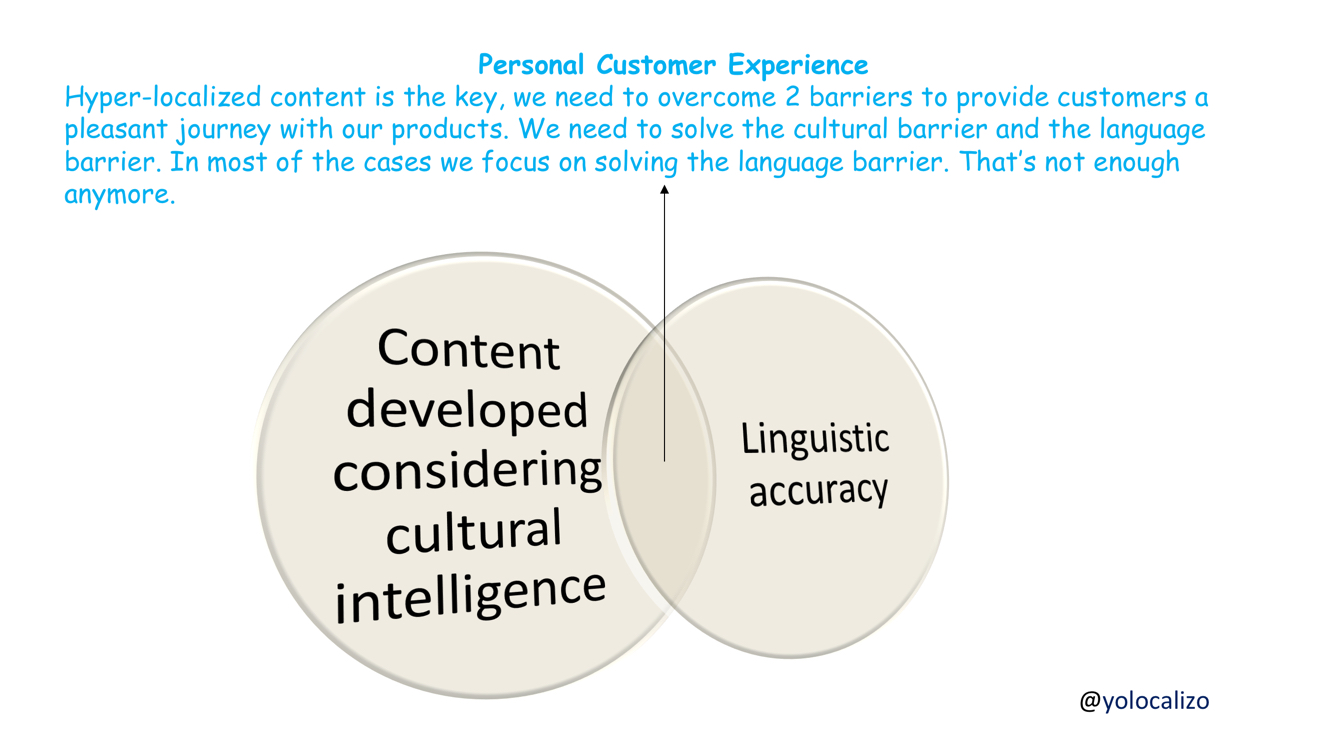Integrating cultural intelligence in our Globalization content strategy. What we can learn from the latest fail of Dolce & Gabbana when expanding in China.
Well, here I am at the airport after a very intense day.
Today I joined the International Speech contest of Toastmasters, I like to participate in these events. Toastmaster is the best laboratory to test and improve my leadership style and public speaking skills. So… I will continue working with this group of passionate Toasties to get to be more effective communicators.
During one of the breaks during the competition I met Sandra, a lovely American girl who is committed to teach workshops on body language as a communication tool; while drinking a pineapple juice before jumping on stage to deliver my speech; she asked me what I do.
When I explained her that I am working on the topic of Globalization content, Sandra asked me a follow up question that made me think about it, and on my way to the airport, I decided to write a post about it.
She told me she agrees that Globalization is very important in the hyperconnected world that we are, and she believed that creating global content that works everywhere is important ... .. but in reality, the Globalization of content is not really that.
Over the past few years, I have noticed that there are 2 perception, 2 errors about what globalization means.
1. Globalizing content is not creating something that works all over the world, quite the contrary, it is creating something adapted to each (small) local group of consumers all over the world. Globalize is not one size fits all. Absolutely not!
2. Having an app, website etc in many languages does not mean that we have a Globalization strategy. Translating something is important, but translating it while respecting the culture of our customer is even more important. Translation does not equal having a Globalization strategy.
Developing global content means integrating 2 components in our content strategy
1. Content developed considering cultural intelligence and
2. Linguistic accuracy
www.yolocalizo.com
Today I want to focus on the first layer, culturalised content ... if we want to be effective globally with our content, we have to be able to connect with the emotions of our local consumers, to achieve that, it is necessary to keep in mind from the beginning of app development our future consumers.
Globalizing in reality what it means is to have an app, a web page or software adapted to local preferences.
Normally when we globalize digital content, what usually happens is that first content creation is done in English and then translated into other languages, and if we do that .... we are risking being perceived as a "culturally incompetent" company, and no company, big or small, escapes this risk.
As an example, we can take the last scandal that occurred with the campaign of Dolce & Gabbana in which many consumers showed their anger for a woman trying to eat pasta/pizza with chopsticks ... better not to make jokes about Chinese chopstick!! Polemic was so intense that even the catwalk show planned from the firm has to be canceled. We should never underestimate the importance of cultural intelligence in this global hyper-connected world we are living nowadays; a campaign destined to promote a product in a country, in which a lot of money and effort was invested ... failed miserably for not having integrated the Content developed applying cultural intelligence phase from the beginning ... once again, this is proving us that doing English first and then getting translated does not work.
Our brains love standardization, repetitive processes, they are shortcuts, but with the topic of cultural intelligence content, we have a small problem with that approach. The shortcuts do not work. Cultural intelligence cannot be standardized. A successful product with a great marketing strategy in western countries might not be culturally appropriate for Asian markets. As we saw earlier with the Dolce Gabbana campaign. It is important to consider a country's language, traditions, and cultural trends.
Creating relevant cultural content requires an active effort, requires integrating cultural effectiveness throughout the product development phases: Plan, Execute, Engage, Optimize.
www.yolocalizo.com
Cultural intelligence must be used when adapting to a global market. It's important to consider content developed with a cultural mindset from the beginning. If you do not know how to do this ... ask someone within your company working in the G-localization team, probably they can help you or point you to someone to help you adapt your products ensuring that the message extends beyond borders.
Have a great week and good luck globalizing the world out there 😀
@yolocalizo




















This feels like a pivotal moment. Localization teams are being asked to support more markets, move faster, use AI responsibly, and show impact, not just output. Expectations are higher than ever, but many teams are still trained mainly for execution. We are strong at delivering localization work, yet we often struggle to move from output to outcome and to clearly explain the impact of what we do.